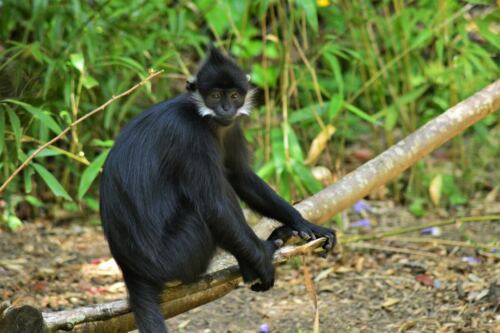Mount Elgon National Park
Mount Elgon National Park is 140 kilometres northeast of Lake Victoria and an important water catchment for the Nzoia River, and for the Turkwel River (known as the Suam River in Uganda), which flows into Lake Turkana.
Mount Elgon National Park covers 1,279 square kilometres and is bisected by the Kenya/Uganda border.
The park’s most prominent feature is the 24 million year old eponymous extinct volcano, Mount Elgon.
Mt Elgon was once Africa’s highest peak, greatly exceeding Kilimanjaro. Millennia of erosion has reduced it’s highest point to 4,321m, making it Uganda’s 5th highest peak but with the largest volcanic base in the world.
Elgon’s slopes support a rich variety of vegetation, varying with altitude, including rare and uniquely-located species like montane forest or high open moorland. As well as flora, there’s plentiful creatures to be found; elephant, buffalo, bush pig or waterbuck which come to sample the salt rocks, graceful big cats like the leopard, civet and serval cat, and others like hyrax, aardvark, baboon and black-and-white colobus.
The mountain also has 300 bird species, 40 of which are restricted range species; Moorland Francolin, Moustached Green Tinkerbird and Alpine Chat. Finally, about half of Uganda’s butterfly species call Mount Elgon home.
Animal Life
Mount Elgon can claim to be host to elephants, buffalo (lower slopes), small antelope, duiker, black-and-white colobus and blue monkey, red-tailed monkey any many more.
Additionally, half of Uganda’s butterfly species have been reported in Mount Elgon.
Of the estimated 150 species of birds in the park, there are Hartlaub’s Turaco, Tacazze sunbird, Jackson’s francolin, Eastern Bronze-napped Pigeon, Lemon Dove, Dusky-Turtle Dove, African Hill Babbler, Alpine Chat, Black-throated Wattle-eye, Mountain Yellow Warbler, Thick-billed Honey guide and the Grey Cuckoo-Shrike.










